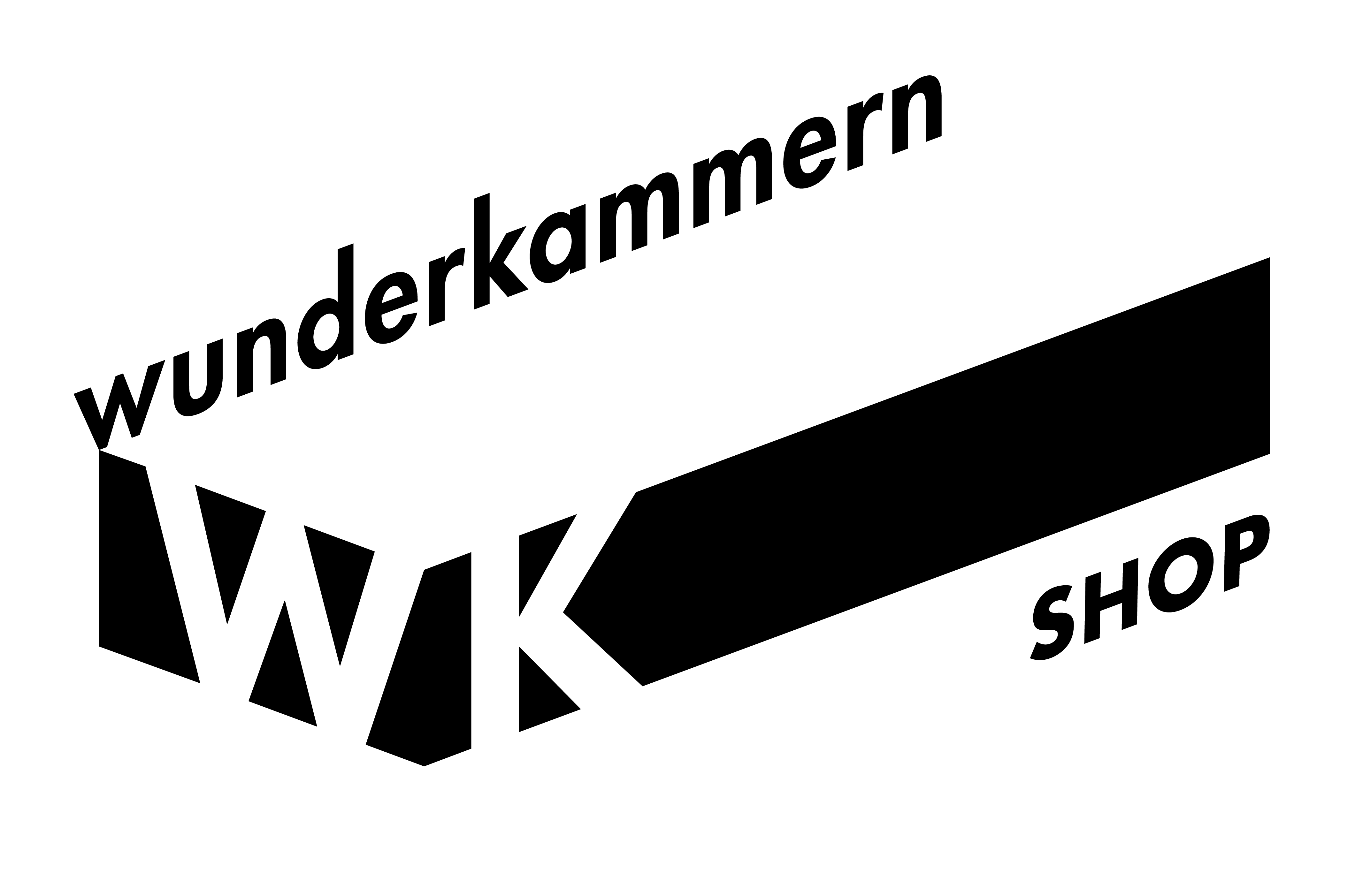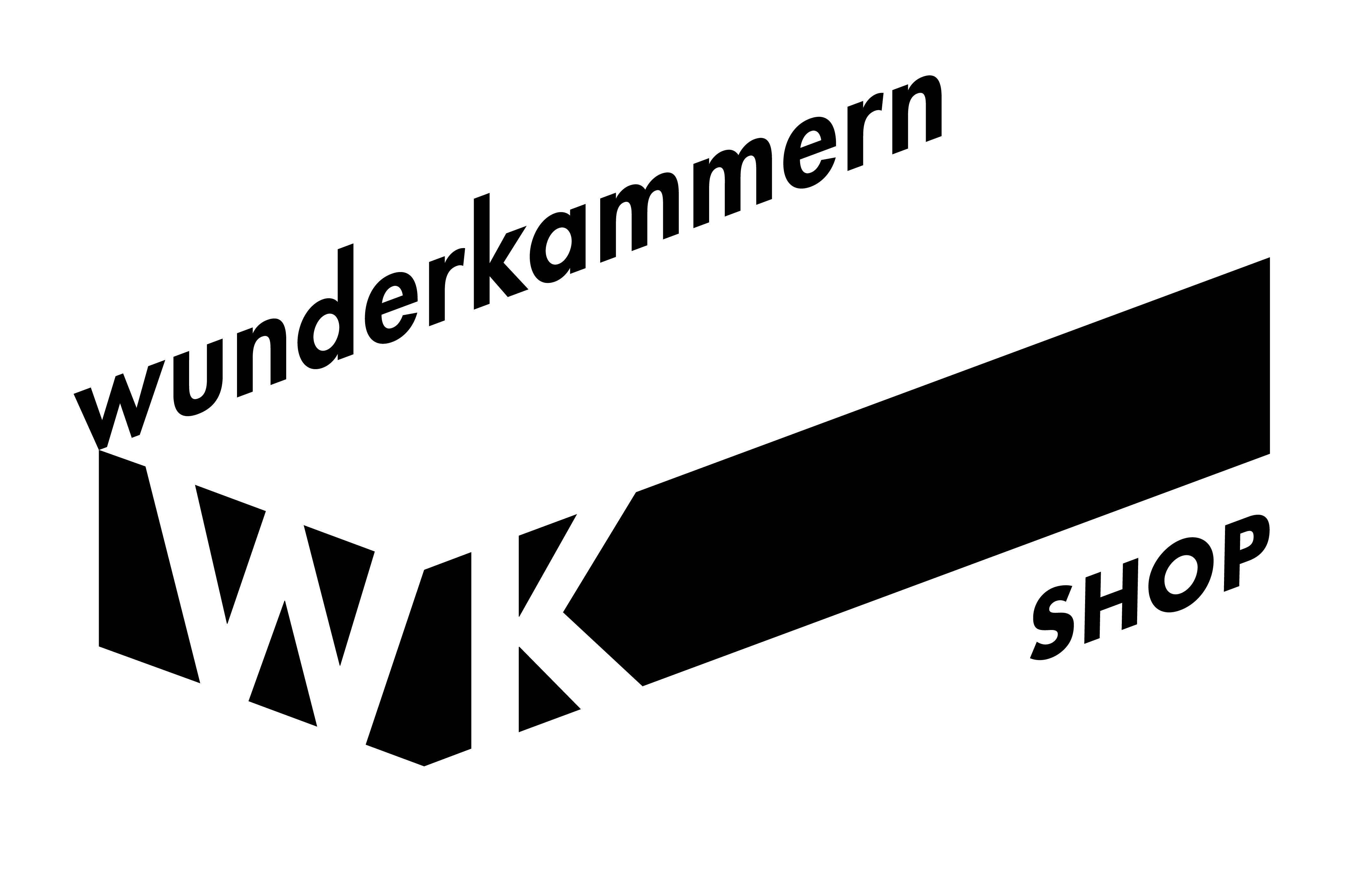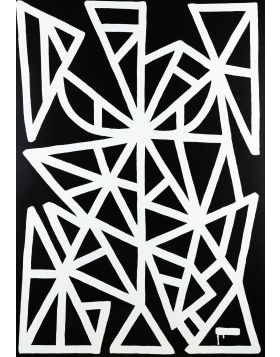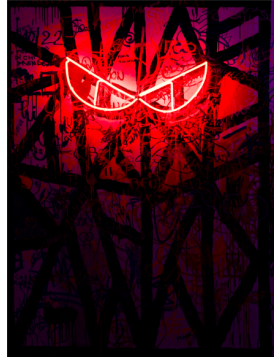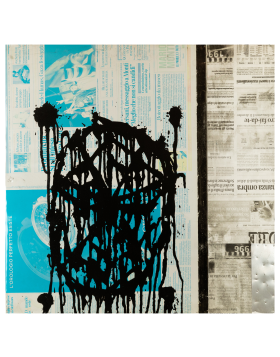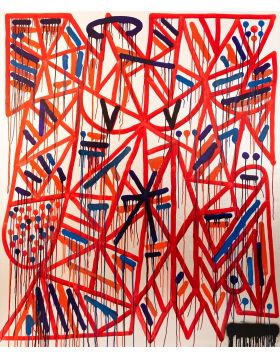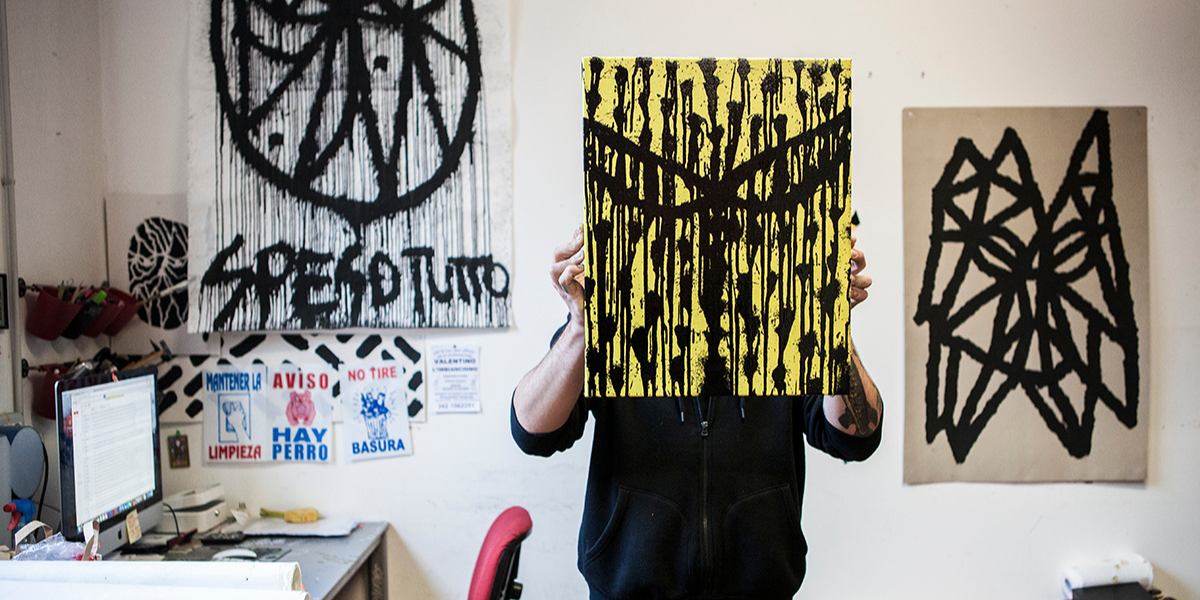
In the landscape of Italian urban art, few figures are as recognizable and immediate as those of Solomostry.
Sharp lines, vivid colors, and nocturnal creatures that seem to emerge from a dark and vibrant inner world. His artistic research goes beyond mere aesthetics: it is a reflection on the human soul, on fears, instincts, and the masks each of us carries within.
Monstrous Creatures as an Inner Mirror
Solomostry’s “monsters” are not just grotesque figures. Behind those gaping jaws, glowing eyes, and fragmented bodies lies an analysis of human psychology.
These creatures are projections of emotional states: anger, anxiety, frustration, but also vital energy and a desire for freedom. They are the unconscious taking shape and spilling onto the walls of the city.
A Poetics Between Fear and Fascination
What stands out in Solomostry’s work is its ambivalence: his figures, though unsettling, exert a magnetic attraction.
They do not repel; instead, they invite viewers to recognize themselves in their distorted traits. Like universal archetypes, the monsters become tools of collective catharsis, capable of transforming urban space into a stage on which to confront one’s own shadows.
Visual Language and Expressive Power
Solomostry’s style is unmistakable: bold strokes, contrasting colors, and a graphic synthesis that combines graffiti, comics, and abstraction.
His works function like contemporary totems, icons that tell of an urban and metropolitan spirituality. Each creature becomes a mask, a face that amplifies primitive yet universal emotions.
From Night to Community
The artist’s nocturnal creatures inhabit walls, canvases, and exhibition spaces, but above all they move within a continuous dialogue with the public. They are presences that never sleep, silent guardians of our contradictions.
Encountered in the street, each one confronts us with a fragment of our own inner world, staged with the visual power typical of urban art.
With Solomostry, the “monstrous” is not something to be feared, but to be observed as part of our human nature. His nocturnal creatures tell the story of the dark side of the psyche, transforming it into visual language and a collective moment of reflection.
An art that, between unease and energy, invites us to look our demons in the eye, to learn to recognize them, and perhaps, to embrace them.


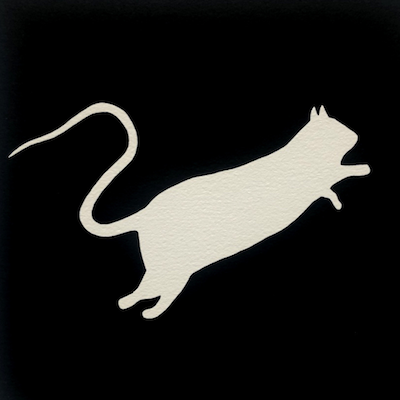

 Register
Register